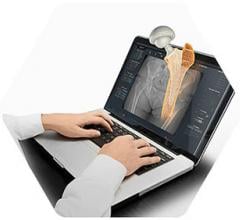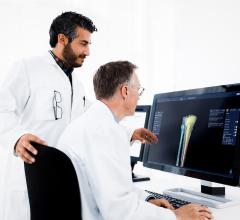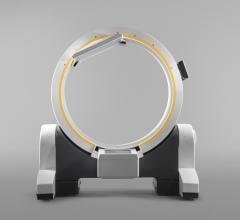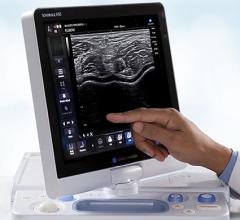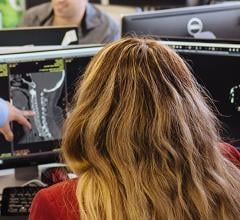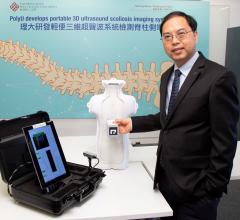July 23, 2008 - Dang Orthopedics uses computational modeling and mathematical simulation to study the biomechanics of surgery.
Working in collaboration with researchers at the University of California, San Francisco and the New England Musculoskeletal Institute at the University of Connecticut Health Center, Dang Orthopedics is studying the biomechanics of the spine and shoulder through realistic mathematical representations of human anatomy.
When conservative therapies have failed to treat pain or weakness caused by mechanical deformation or inflammation of the nerve roots in the cervical spine (the neck), surgeons may turn to “discectomy and fusion,” where the disc between the affected vertebrae is removed and the spine is then stabilized using bone graft or metal plates and screws. Although this operation has excellent outcomes overall, accelerated arthritis in the rest of the spine is a potential future complication. Surgeons hypothesize that increased strain in the remaining motion segments of the spine after surgery contributes to the accelerated arthritis, but research has been difficult due to the inability to measure this change in strain in actual patients and the limitations of testing with anatomic specimens. An accurate computational simulation of the stresses on the cervical spine following surgery was needed to determine the biomechanical consequences of discectomy and fusion.
Dang Orthopedics developed a computational model of cervical spine fusion using Toyota’s Total Human Model for Safety (THUMS) technology. Originally developed to simulate the effect of automotive accidents on the body, THUMS is one of the most sophisticated "whole human" finite element models in use today, with over 91,000 individual elements, said the company. Dang Orthopedics says it is the first orthopedic research lab in the U.S. to receive an academic license for THUMS and to adapt the automotive engineering tool to general orthopedic research.
For more information: www.dangorthopedics.com


 April 28, 2020
April 28, 2020 

